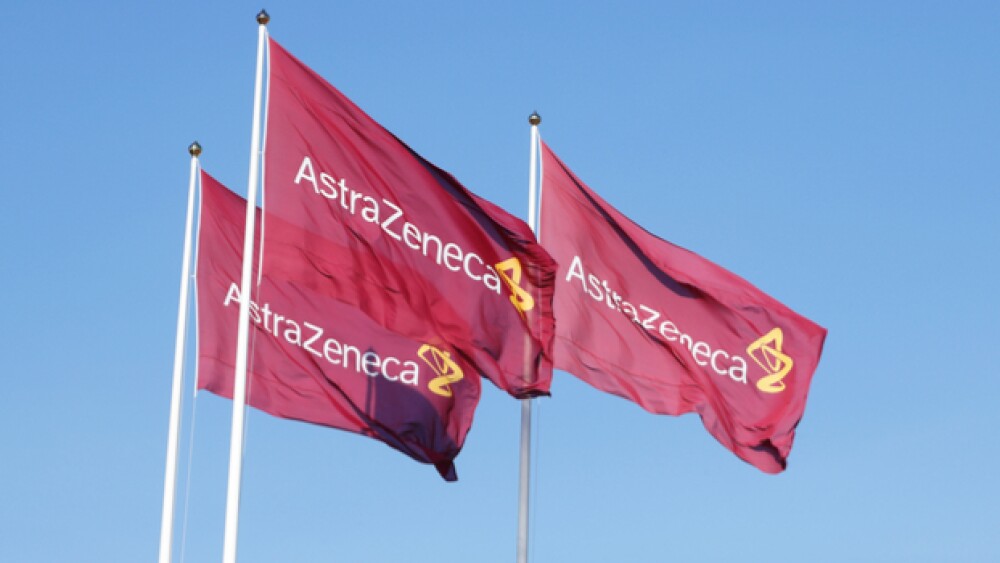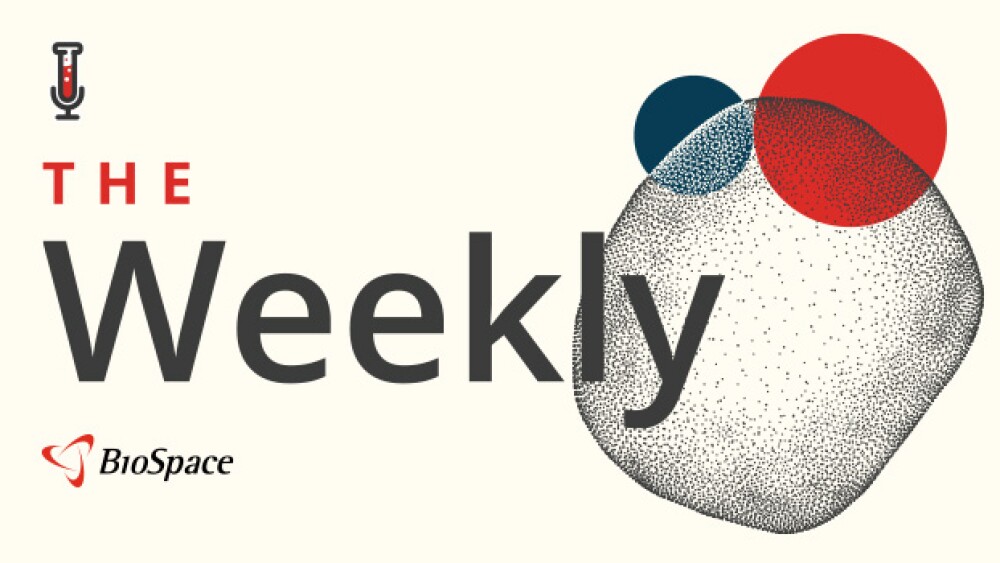AstraZeneca released data from two clinical trials of roxadustat in anemia and of its trial of Lynparza in ovarian cancer. All the trials had positive results.
Roland Magnusson / Shutterstock.com
AstraZeneca released data from two clinical trials of roxadustat in anemia and of its trial of Lynparza in ovarian cancer. All the trials had positive results.
First, the company released data from the Phase III OLYMPUS and ROCKIES trials of roxadustat in patients with anemia in chronic kidney disease (CKD) that are either not dependent on dialysis or are dependent on dialysis, respectively. The drug is being jointly developed and commercialized by AstraZeneca and FibroGen.
The OLYMPUS trial compared roxadustat to placebo for patients with anemia in CKD stages 3, 4 and 5 whose disease progression was moderate to severe and who are non-dialysis dependent. That trial met its primary efficacy endpoint, demonstrating statistically significant and clinically meaningful improvement in hemoglobin levels averaged over weeks 28 to 52 compared to placebo. That trial looked at 2,781 patients in 26 countries.
The ROCKIES trial evaluated roxadustat versus epoetin alfa in dialysis-dependent anemia in CKD patients. It too met its primary efficacy endpoint, demonstrating statistically significant improvement in mean change from baseline in Hb levels averaged over weeks 28 to 52. ROCKIES involved 2,133 patients in 18 countries.
“These results add to the growing body of evidence for roxadustat, which is part of the largest clinical program worldwide in evaluating the novel class of HIF-PHI,” stated Sean Bohen, AstraZeneca’s executive vice president, Global Medicines Development and chief medical officer. “This is a significant milestone in the role roxadustat can play to help address a high unmet need in anemia associated with chronic kidney disease, which today is underdiagnosed and in many cases undertreated.”
SOLO-3 was conducted by AstraZeneca and Merck & Company. The SOLO-3 Phase III clinical trial evaluated Lynparza in 266 patients with relapsed ovarian cancer after two or more lines of treatment. This was part of a post-approval commitment to the U.S. Food and Drug Administration (FDA). The data showed that ovarian cancer patients receiving Lynparza as a third or later shot after chemotherapy showed a statistically significant and clinical meaningful improvement in objective response rate (ORR), which was the primary endpoint. It also met the key secondary endpoint of progression-free survival (PFS) compared to chemotherapy.
“Following on the U.S. approval of Lynparza as first-line maintenance therapy for certain patients with BRCAm advanced ovarian cancer, the results of SOLO-3 further reinforce the efficacy of Lynparza in relapsed patients with gBRCAm advanced ovarian cancer following multiple lines of chemotherapy,” stated Roy Baynes, senior vice president and head of Global Clinical Development, chief medical officer, MSD Research Laboratories.
The FDA also gave Merck and AstraZeneca the thumbs-up for Lynparza for use as a maintenance regimen for adults with deleterious or suspected deleterious germline or somatic BRCA-mutated (gBRCAm or sBRCAm) advanced epithelial ovarian, fallopian tube or primary peritoneal cancer who are in complete or partial response to first-line platinum-based chemotherapy. That complex diagnosis is made in part with an FDA-approved companion diagnostic test.
It is the first regulatory approval for a PARP inhibitor in the first-line setting for BRCAm advanced ovarian cancer. The data used for the submission came from the Phase III SOLO-1 trial. Lynparza reduced the risk of disease progression or death by 70 percent in BRCAm advanced ovarian cancer in patients who were in complete or partial response to platinum-based chemotherapy compared to placebo.





